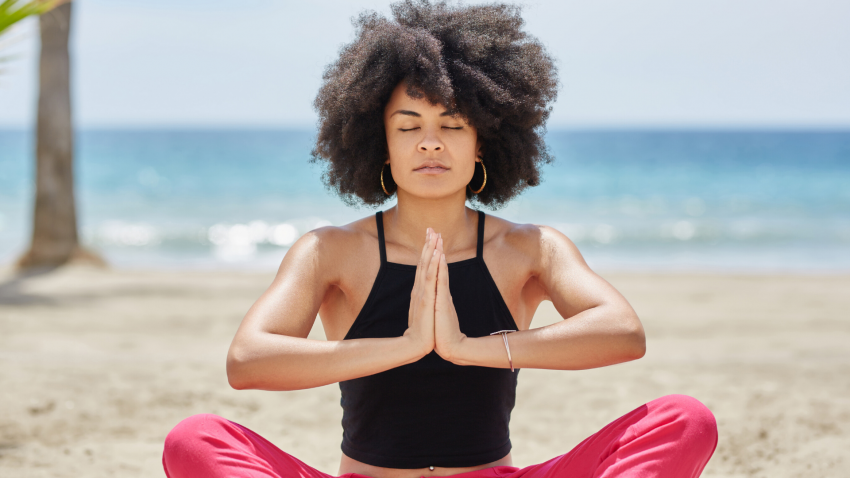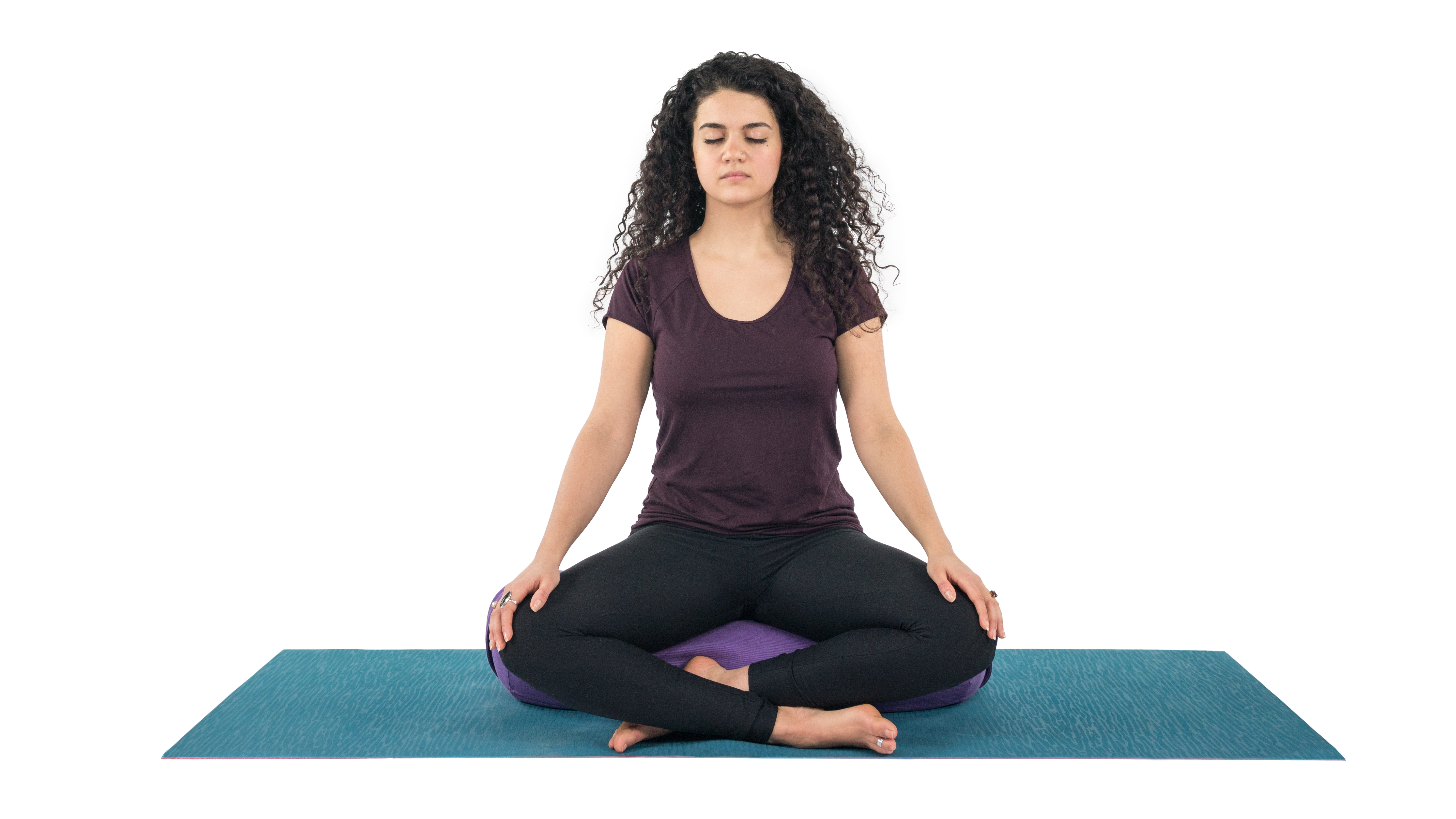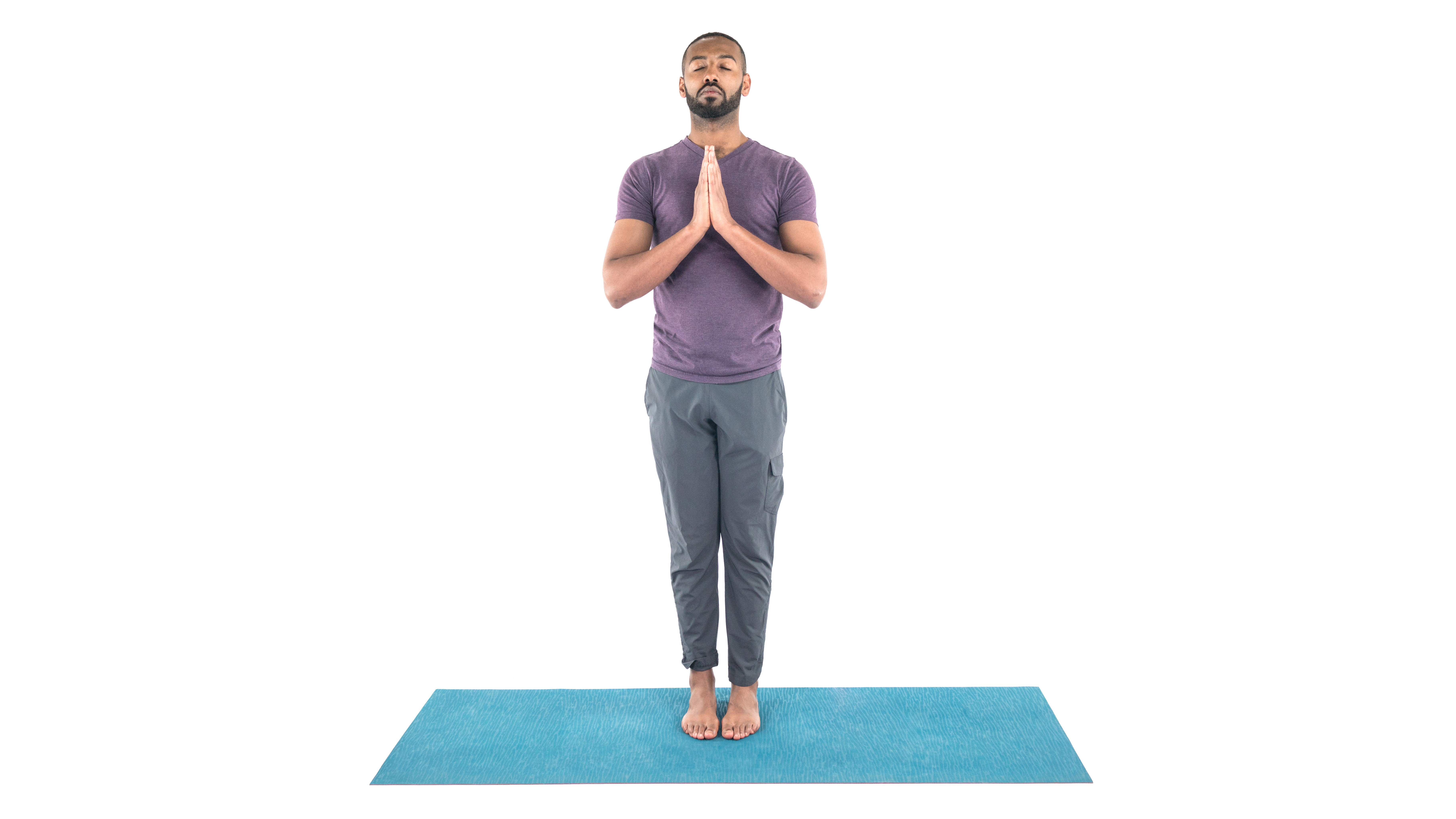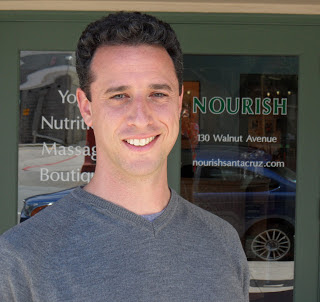View basket (0 items $0.00)
Error message
- Notice: unserialize(): Error at offset 5 of 154 bytes in variable_initialize() (line 1202 of /home/dh_6hcdc2/yogau.online/docroot/includes/bootstrap.inc).
- The file could not be created.
- The file could not be created.

Steady as She Goes: Practicing Forbearance and Steadfastness in Yoga
Take a seat. Do your best to make the seat as comfortable as possible. Now, notice that no matter how comfortable the seat is, at some point you will incline to get up from that seat. Some urge will strike you to get up and do something else or go somewhere else. And why shouldn’t you? You are free to “make that choice.”
Or are you? Where did this urge come from? Why are you having it now? What is this other more important activity?
To be clear, if this urge to get up comes from the fact that you are smelling smoke and there could be a potentially life-threatening fire, then, by all means, listen to that urge. Or, if the urge comes from an awareness that sitting as you are will cause you or others harm in any way, then definitely heed the call. Knowing what the source is of this inclination to do something else or be somewhere else is the point.
Understanding why you are feeling some way is a practice of self-awareness that can be cultivated. In most circumstances, you will find that your desire to move or be somewhere other than where you are now is not rooted in legitimate, rational concern for life and limb, but instead, there is some other non-life threatening discomfort that is being avoided, such as an uncomfortable thought or feeling.
And if you are like most people, facing your uncomfortable thoughts and feelings can be a challenge. When you sit with this challenge—when you meet this discomfort— you are practicing the yoga yamas kshama (forbearance) and dhriti (steadfastness).
The Practice of Patience 
The Shandilya Upanishad describes kshama as “the bearing patiently of all pleasant or unpleasant things, such as praise or [a] blow” and dhriti as “the preserving of firmness of mind during periods of gain or loss of wealth or of relatives.” The Yoga Yajnavalkya explains that kshama is “equality towards all things, favorable or unfavorable” and “ … steadiness of mind in all situations is dhriti.”
The assertion that I continue to make and concept that I continue to teach is that yamas are practices. The ability to be mentally, emotionally, and physically steady and steadfast is not an inherent trait for most of us, but it can be learned, practiced, and developed. Few people, if any, are “naturally” able to sit without feeling the inclination described above.
However, many people have learned to pay closer attention to that inclination, to trace it to its root, to let it go, and be more at peace right where they are. These developing abilities are forbearance and steadfastness.
Steadiness in Yoga Asana 
While you can practice developing endurance and steadiness of mind in a practice of meditation, you can also build these skills in asana. Often practitioners of yoga postures approach the practice with the desired outcome in mind. As examples, for some this outcome is the achievement of a particular feat of strength or flexibility (the performance of the posture) and for others, it might be the mitigation of some discomfort or pain.
While you may achieve a particular position or alleviate discomfort in a practice of yoga postures, you also may not. Even if you are successful sometimes, inevitably, you will also fail to reach these goals.
If your sense of peace is wrapped up in the external physical achievement then sometimes—if not most times—you will be left without the sense of calm peacefulness that is at the core of yoga practice. If instead, you practice accepting failure and achievement equally, you will get better and better at finding a sense of peaceful calm regardless of outcomes.
Kshama and Dhriti as Life Practice
Like all yamas, kshama and dhriti need not only be practiced during a formal meditation or yoga posture practice. The clearest examples of this are in the social movements that have used non-violence as tools of change. The people who bore the oppressive blows of battery and imprisonment in the movement for liberation from colonial rule in India, led by Mohandas Gandhi, were strong practitioners of kshama and dhriti. They were not born with these skills of forbearance and steadfastness, but practiced them and forged them in battles for independence.
Similarly, during the U.S. civil rights movement, the people who endured the blows of brutality while peacefully sitting in and standing up for justice did not just happen upon those moments. The organizations, like the Southern Christian Leadership Conference and Student Non-Violent Coordinating Committee, who led this movement, also led trainings where anyone could come and learn how to be steadfast, patient, and strong while also being peaceful and calm.
You can practice being more patient everywhere and anywhere. Practice watching your inclinations to avoid non-harmful discomfort. Practice contemplating actions rather than engaging in knee-jerk reactions, first with simple things, such as getting up from your seat, then with more complex things, such as responding emotionally in conversation.
As with most things, it will be difficult at first, but you’ll find that the more you practice, the more skilled you will become at patiently enduring the good and the bad with steadiness of mind.
Yoga for Sciatica and Piriformis Syndrome - improve your knowledge and gain practical insights in this course by Doug Keller and YogaUOnline.
Reprinted with permission from Yoga for Healthy Aging.

Victor Dubin, ERYT-500 has been teaching yoga full-time in Santa Cruz, CA since 1996. He is co-founder and owner of NOURISH, a wellness center in Santa Cruz that offers yoga classes, nutrition consultations, and massage. In addition to his full schedule of regular classes, Victor also leads both a 200 and a 500-hour yoga teacher training program. For more information, go to nourishsantacruz.com.
Featured Courses








